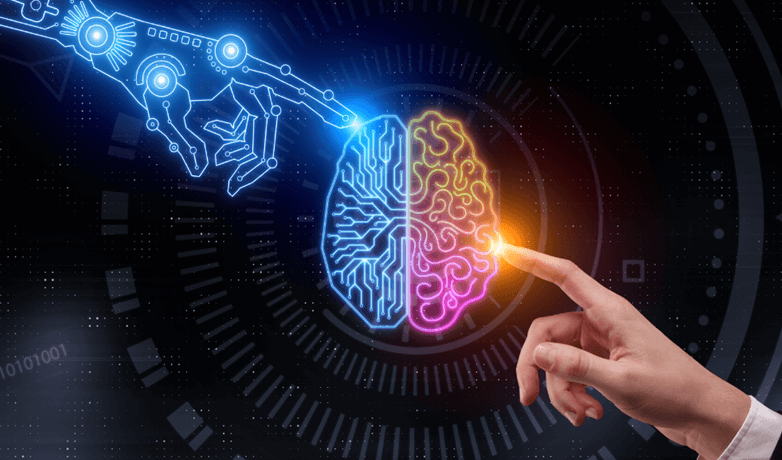- Practical Tips for Implementing AI in Your Business
AI-Powered Content Creation
This article outlines practical tips for businesses looking to implement AI into their content workflows effectively.


In an age where content is king, businesses are constantly seeking innovative ways to produce high-quality material that resonates with their audience. AI-powered content creation has emerged as a game-changer, offering tools that enhance efficiency, creativity, and consistency. By automating certain aspects of content production, AI allows businesses to focus on strategy and engagement, rather than getting bogged down in the writing process.
At CogniXsoft, we understand the transformative potential of AI in content creation. This article outlines practical tips for businesses looking to implement AI into their content workflows effectively.
The first step in leveraging AI for content creation is selecting the right tools. With numerous options available, it can be overwhelming to choose what works best for your business. Here are some popular categories of AI tools to consider:
When selecting tools, consider factors such as user-friendliness, the specific needs of your business, and compatibility with existing systems. Trial versions or demos can also help you determine which tools fit your workflow best.
Once you’ve identified the right tools, the next step is to integrate them into your current content workflow. This process may require some adjustments, but the benefits are well worth it. Here are some tips for a smooth integration:
While AI can significantly streamline content creation, it should not replace human creativity. The most successful content marketing strategies combine the strengths of both AI and human input. Here are some suggestions for achieving that balance:
To ensure that your AI-powered content strategy is effective, it’s essential to measure its success. Here are some key performance indicators (KPIs) to track:
By continuously analyzing these metrics, you can refine your AI content strategy and ensure it aligns with your business objectives.
AI-powered content creation offers businesses a unique opportunity to improve efficiency, boost creativity, and engage audiences more effectively. By choosing the right tools, integrating AI into existing workflows, balancing AI with human creativity, and measuring success through relevant KPIs, businesses can harness the full potential of AI in their content marketing strategies.
At CogniXsoft, we are committed to helping businesses navigate the world of AI content creation. If you’re ready to implement AI solutions that align with your goals, reach out to us today for expert guidance and support!
Subscribe to the CogniXsoft newsletters – Join our community to receive the latest insights, industry trends, and exclusive updates on our services.
